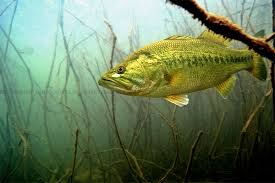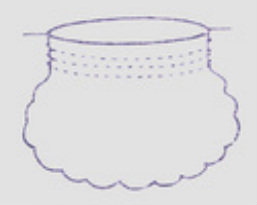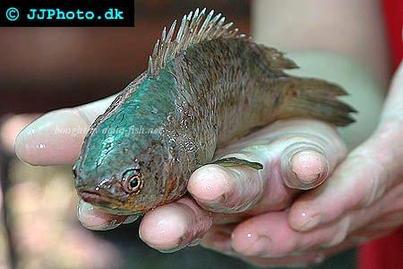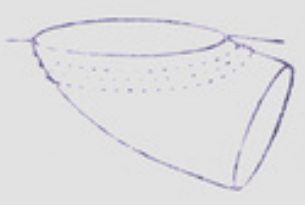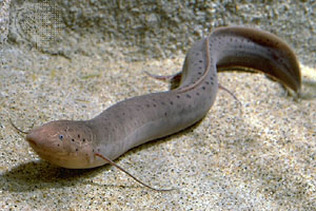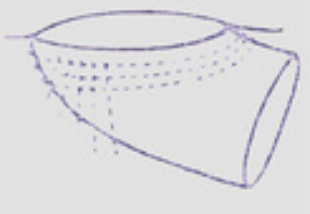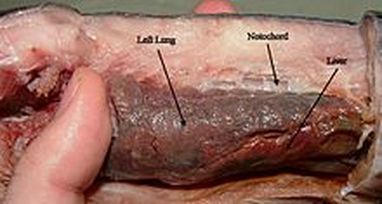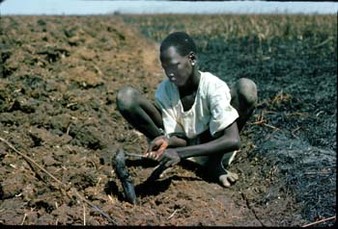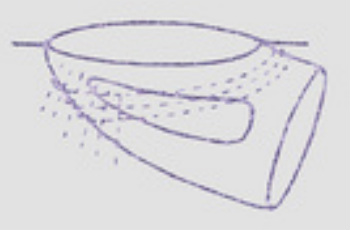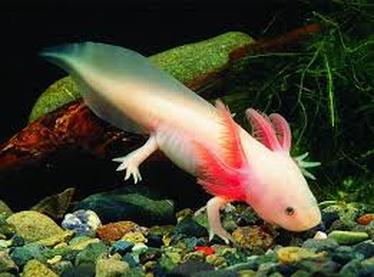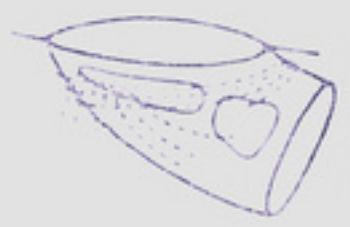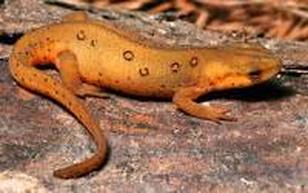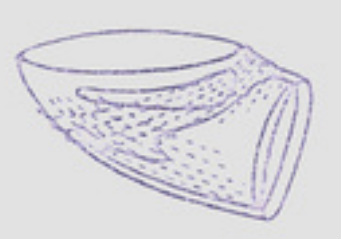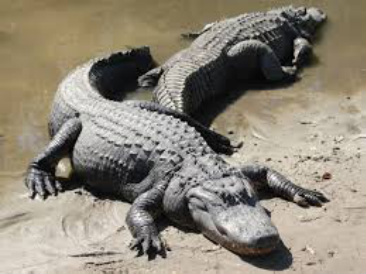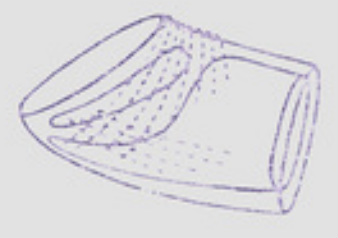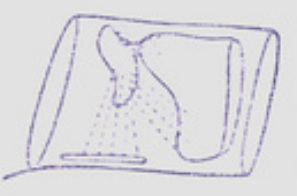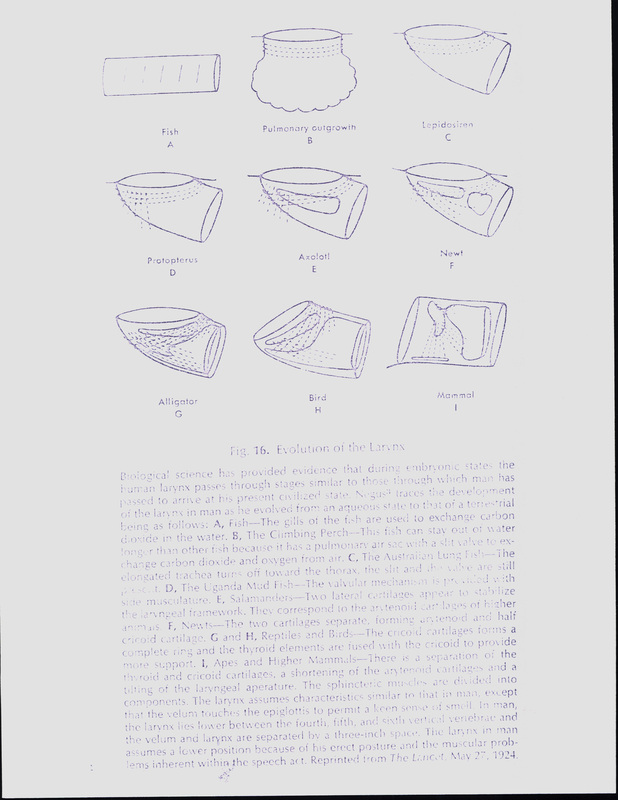|
Biological science has provided evidence that during embryonic states the human larynx passes through stages similar to those through which man has passed to arrive at his present civilized state. Negus traces the development of the larynx in man as he evolved from an aqueous state to that of a terrestrial being as follows:
|
A: Fish
The gills of the fish are used to exchange carbon dioxide in the water.
The gills of the fish are used to exchange carbon dioxide in the water.
B: The Climbing Perch
This fish can stay out of water longer than any other fish because it has a pulmonary air sac with a slit valve to exchange carbon dioxide and oxygen from the air.
This fish can stay out of water longer than any other fish because it has a pulmonary air sac with a slit valve to exchange carbon dioxide and oxygen from the air.
G and H: Reptiles and Birds
The cricoid cartilages form a complete ring and the thryoid elements are fused with the cricoid to provide more support.
The cricoid cartilages form a complete ring and the thryoid elements are fused with the cricoid to provide more support.
|
I: Apes and Higher Mammals
There is a separation of the thyroid and cricoid cartilages, a shortening of the arytenoid cartilages and a tilting of the laryngeal aperature. The sphincteric muscles are divided into components. The larynx assumes characteristics similar to that in man, except that the velum touches epiglottis to permit a keen sense of smell. In man, the larynx lies lower between the fourth, fifth, and sixth vertical vertebrae and the velum and larynx are separated by a three-inch space. The larynx in man assumes a lower position because of his erect posture and the muscular problems inherent within a speech act. |
Original Article:

